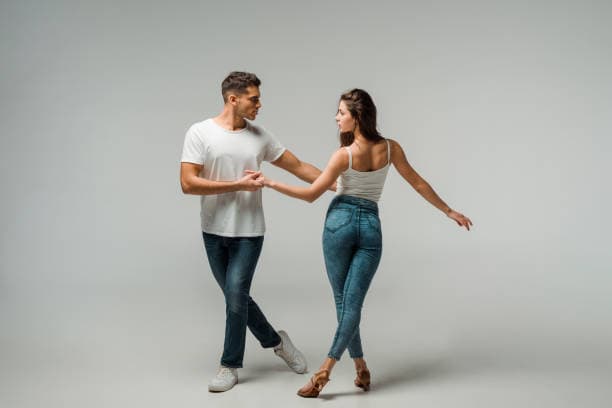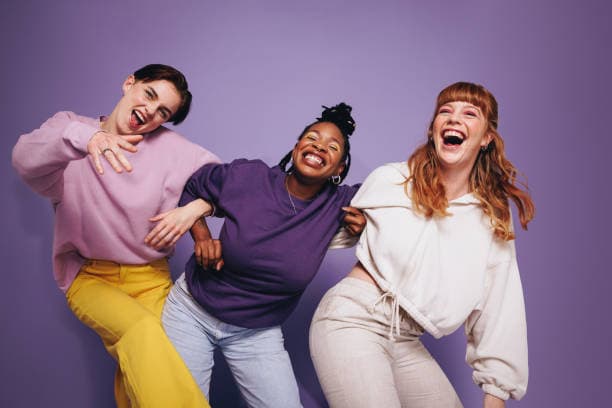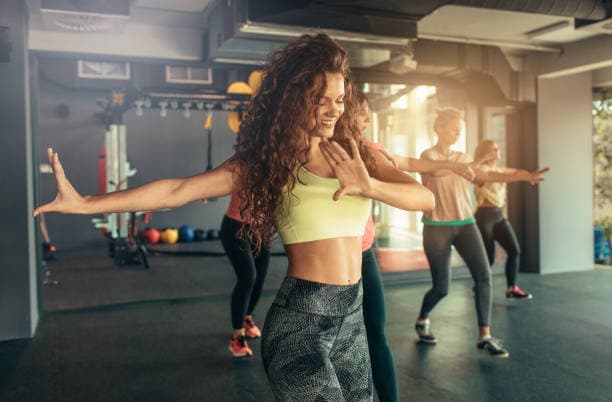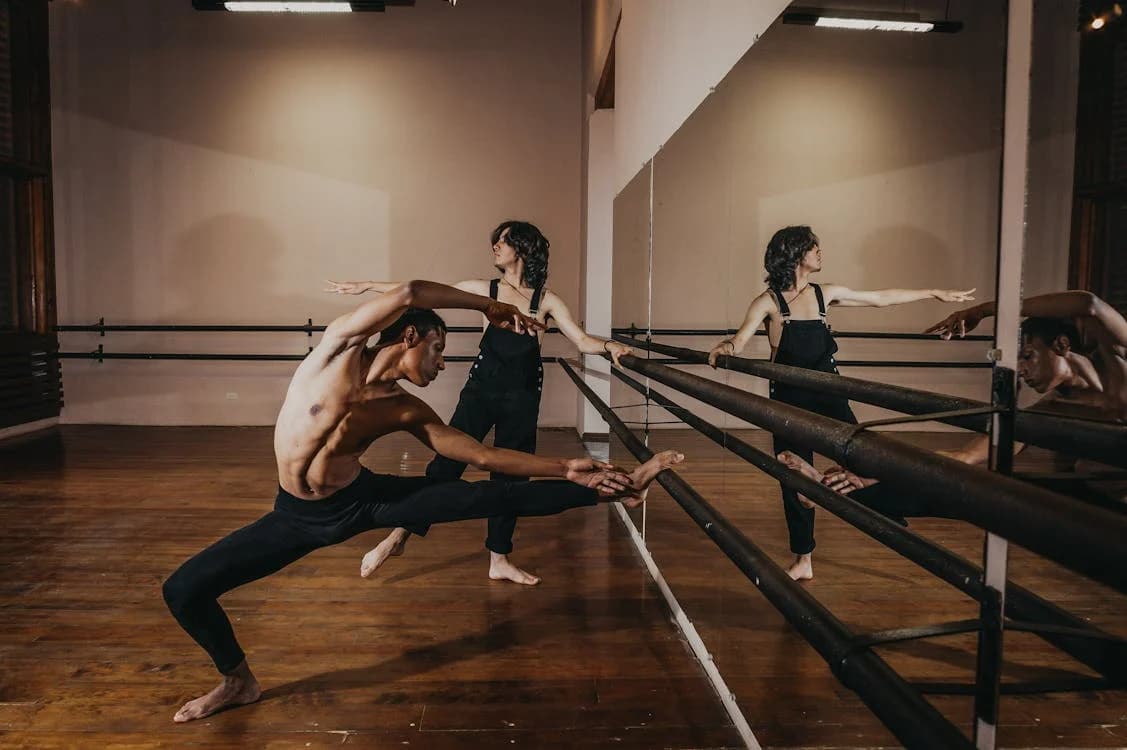Street dances have endless possibilities in order to communicate oneself, throbbing rhythms, and expressive motions that make them fascinating. They are a living representation of cultural spirit and identity rather than merely choreographic markers. The evolution of street dancing highlights the impact of socio-cultural aspects on this art form’s development in addition to its shifting forms and techniques. This essay will look at street dancing’s many routines & styles, discuss its background, and discuss the importance of clothes and dance tops in this interesting culture.
Street dancing’s past
The heritage of street dancing is extensive and diverse, rooted in a variety of social contexts and traditions. They started out as a tool for people to express themselves and protest, and ultimately they made their way into current culture and the entertainment industry.
Street dancing started to spread among African American communities in the US in the early 1900s. Street dancing evolved during this time of profound social and cultural upheaval into a form of self-expression for African Americans who experienced prejudice and injustice in addition to being a kind of entertainment.
In a situation like this, street dance appeared as a powerful medium for protest and personal expression. For African American kids, they served as a means of expressing their feelings, culture, and way of life.
The world was familiar with street dancers due to their uniqueness and dynamism and were well-liked by a variety of sociocultural groups. They developed into a colourful symbol of individuality and freedom, inspiring dancers all over the world with various styles and techniques. As such, the history of street dance encompasses not only the history of the arts but also a significant portion of the history of social movements and the fight for equality.
Principal styles
With their distinct rhythms, moves, and historical origins, the main street dancing styles are all distinctive representations of social and cultural customs.
Hip-hop
Hip-hop is a prominent and widely recognized subgenre of street dancing. There are numerous ways it can migrate, including:
- Breaking: stressing different aspects of footwork, doing acrobatic feats & striking the ground;
- Locking is typified by gradual, abrupt movements that are fixed at certain spots;
- Popping – creating rhythmic contractions and expansions of muscles to create “popping” effects;
- Dances known as “house” have their origins in the New York club scene. It is defined by fluid, smooth motions, an emphasis on emotional expression, engagement with music.
Breakdancing
Breaking, often known as breakdancing, is a vibrant and athletic kind of street dancing that’s frequently seen at dance competitions and on the streets. It consists of:
- Aspect of acrobatics: head spins, somersaults, tumbles;;
- Freezes: holding one’s body in a particular position while dancing;
- Footwork refers to quick, intricate leg motions that are frequently done on the ground.
House
The fluid, flowing dance style known as “house,” sometimes referred to as the “underwater” technique, originated in New York City’s nightlife. This style primarily emphasises rhythm, musicality, & the use of dance to express emotion. The term “underwater” style refers to how it varies from other street dancing forms with its softer, more fluid motions that suggest swimming in water. Being able to blend in musically and use their movements to mirror the beat and emotion of the song is a key component of house. This dancing style focuses on feeling and experiencing the music at an emotional level, not just memorising and repeating moves. Through their facial expressions, the dancers portray this.

The importance of outfits
Clothes in street dancing become an expression of the dancer rather than just a way to hide the body. Like in any other kind of art, street dancers’ uniqueness and sense of flair are shown through their attire. Dancers dress in ways that showcase their individuality, align with their aesthetic tastes, and make them feel good about themselves when performing. Simultaneously, it’s critical that the costumes are practical, permitting the performer to move freely without being constrained.
Additionally, street dance costumes can have a symbolic meaning by expressing the social and cultural facets of the movement. They can convey the beliefs and traditions of a community or style and be intimately connected to its past. As a result, clothing not only enhances the dancing image but also helps one develop a sense of self and community inside the dance world. As a result, preparing for contests & street trance performances requires wearing appropriate clothing.
The role of dance tops
Dance tops serve several purposes in street dancing than just being an article of apparel. For numerous reasons, they have evolved into an essential component of street dancers’ wardrobes. To begin with, dancing tops offer support and comfort throughout rigorous practice and competition. Their fabrics frequently contain qualities that help the skin “breathe” and efficiently wick away moisture, preventing discomfort and overheating.
Dance tops also give you the flexibility of movement required to execute intricate and thrilling dancing moves. They are frequently engineered to minimise constraint and maximise mobility in their design and construction. Because of this, dancing is an unrestricted form of self-expression without having to worry about wearing clothes that are too tight or unpleasant.
Dance tops are essential for defining a dancer’s image and style in addition to their practical uses. They can serve as a chic addition to the entire look, enhancing the performer’s individuality and character while completing it. Dance tops are frequently utilised to set a particular tone or picture on stage, which makes dancers stand out and stick in the audience’s memory. Dance tops are therefore a crucial component of dance aesthetics and self-expression in addition to being a useful addition to the wardrobe.
In summary
Beyond just new dance forms, street dance has developed; it is a reflection of modern society in which each step, note, and piece of clothing is a unique expression of an individual’s creativity & individuality. With its unusual and inspiring fusion of many styles, techniques, clothing, and dance verve, this type of dance contributes to the fact that it attracts and inspires audiences around the world. In addition, this type of dance serves as a forum for intercultural dialog, personal development and mutual inspiration. Each performance is a celebration of uniqueness and cultural diversity; each step becomes an act of courage.



